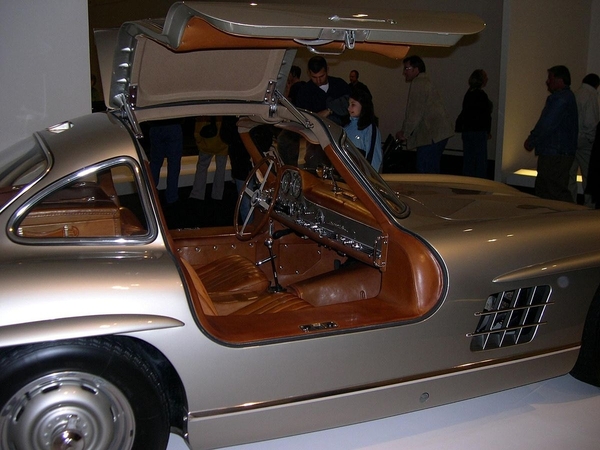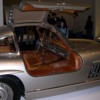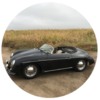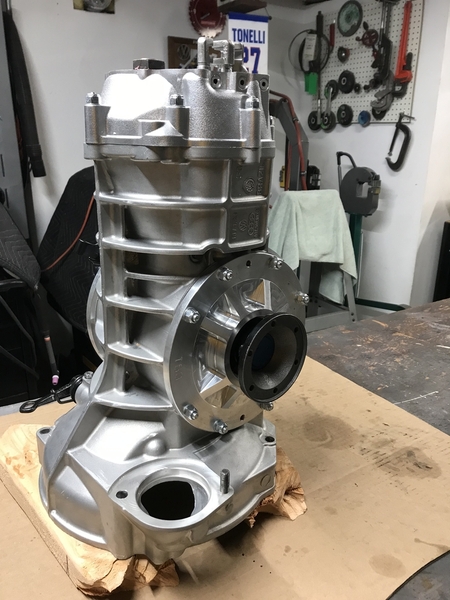It's much better for racing, slightly less good for cruising and noticeably not as good for that one time you're stopped at a red light facing up hill on an extra hot mid afternoon and some chowderhead in an F-250 climbs halfway into your tailpipe whilst texting new instructions to his minions &forgets you're there in the 28 seconds it takes for the light to change. At that moment you want the 3.78-1 first gear.
In no other moment does it improve your life measurably.
Now, if we could get the original 550 ratios in a Spyder with a 3.44 R&P...
Gear ratios: (final)
Porsche 550 Beck 550 madness
1st: 3.18 (14.1/1) 3.80 (13.1/1) 3.8 3.18
2nd 1.94 (8.6/1) 2.06 (7.1/1) 2.06 1.94
3rd 1.23 (5.4/1) 1.26 (4.3/1) 1.26 1.23
4th 0.96 (4.25/1) 0.93 (3.2/1) .89 .96
R&P 4.43 3.44 3.88 3.44
Top speed (mph)
1st: 40 35 31 41
2nd 66 64 57 68
3rd 104 104 93 107
4th 133 @7500 141 @6000 131 @6000 137 @6k
I guess "art" does imitate "life", eh, Ed? I was rear-ended by some dope in an F-150 in 2006 at a light who must have forgot I was there, because he hit me TWICE not just once. There was no hill, but I was trying to drive like a gentleman as I was on a date with a lovely lady. If she wasn't in the car, it never would have happened. I woulda been GONE already.
And my current trans has the 3.80 first/3.44 final. It launches quite well, thank you.
The trans I'll build one day(I have all the parts, this winter I think) is a compromise, as ALL 4 speeds must be. I am using the 3.44 R & P, as this ratio has served me well for the last 18 years. I chose the 3.44 first gear(yes, it is a also 3.44, but not the R&P), the 3.44 splits the difference between 3.80 and the next step of 3.11 first gear, so it should get off the line pretty well. But, be more usable than the 3.80 which is just too short.
The 1.93 second is a bit taller than the usual 2.06.
Then I have both a 1.32 and 1.30 3rd to choose from. The factory 1.32 should be nice and quiet, I have heard that the Weddle 1.30 can be noisy. These are both a bit shorter than the usual 1.26, making the 2-3 shift ON the powerband instead of falling on its face. The difference is only a tiny bit, maybe 50-100 rpm.
I follow that with a 1.00 4th(which is just about exactly what Rick ends up with using 0.93/3.88). Now, at 70, I'm at 3k rpm. After my new trans is built, I'll only be 2-300 rpm higher. Not much, and certainly not enough to make the car feel "buzzy" or over-revving. At 55, now I'm at 2450, after it will be 2600 or so.
The rpm drops go down as you go up through the gears, the gears are tighter and more evenly spaced than any factory gearing VW ever made. But more importantly, It'll stay on the powerband, no holes where 3rd is too tall and 2nd is too short.
I spent a long time plotting this out, and I think it will be as good as 4 speeds gets. We'll see. To sum it up, 1-2 are taller, 3-4 are shorter.
Mitch is right, it should be closer ratio.









